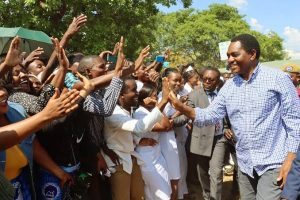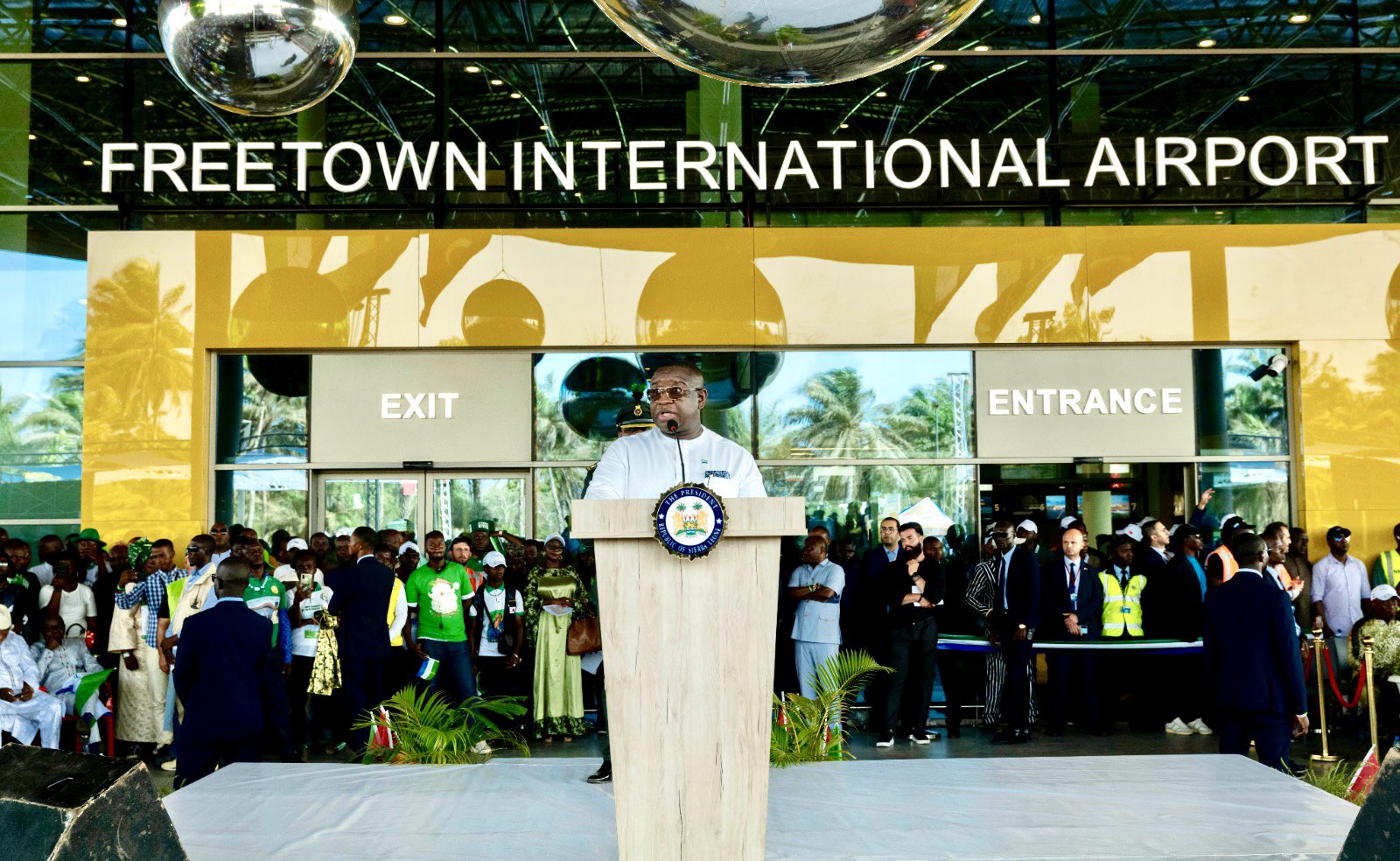Education is one of the keys to development, however, due to the ineffectiveness of governments and low budgetary allocation to the sector, it has not been accorded its rightful place and has experienced setbacks which have affected the developmental agenda and impoverished as many children as possible that have missed the opportunity of going to school.
However, for Zambian school children, their hopes have once again been rekindled with the free education programme of the current administration which targets school children from the primary to secondary level and is aimed at ensuring that all children irrespective of their financial background have sound education that will build them for an impactful life. The re-introduced free education system in the country which began under the administration of President Hakainde Hichilema has a lot of strings tied to it, hence, this piece will focus on bringing to the fore, a clearer perspective of what the Zambian free education programme entails and what is in it for both the country and every other party involved.
The concept of free education is not new to Zambia as various governments have introduced it at different points in the country but had to make radical variations to change the status quo due to socioeconomic considerations.
Before now, the government provided free education at the primary school level and gave loans or bursaries to college and university students, leaving out the secondary school students in the provision of free education or bursaries.
Prominent among the factors that led to such arrangements and changes in plans of some of the previous administrations were economic problems in the country, the increasing numbers of school-age children which raised the cost of education in the national budget and the Structural Adjustment Programme conditionalities accepted by the government.
The UPND government which took over the administration in 2021 has however revisited the policy of free education and wants it to be a reality for young children from primary to secondary level.
The free education programme under the current administration in Zambia began on 10th January 2022 in fulfilment of one of the campaign promises of the now ruling party, the United Party for National Development (UPND) during the run-up to the 2021 election in Zambia where Hichilema promised Zambians that through the removal of the financial burden from guardians and parents, he would ensure that the right to education was guaranteed for the country’s nearly eight million children.
In the words of Hichilema ‘people must understand that free education did not just happen by chance but that it is a deliberate policy by government to ensure access to education by all’’.
This, the President has committed to since he assumed office and such was demonstrated when the government announced measures aimed at boosting the education sector in Zambia in the 2022 national budget where it allocated K18.1 billion shillings to education which is 10.4% of the total budget, making it the largest education budget in the last five years.
From K18.1 billion in 2022, the government raised the education allocation by 3.5 per cent to K23.2 billion in the 2023 budget, being 13.9 per cent as against 10.4 per cent in 2022.
With that, the government was able to increase the primary and secondary school grants by twofold to support quality education standards while the programme also offers some other incentives which are unprecedented in the history of education in the country.
One such was the employment of over 30,000 teachers and plans to build about 120 new secondary schools to curb the high teacher-to-pupil ratio, the scrapping of Parents’ Teachers Association (PTA) fees and allowing children without uniforms to attend classes.
Also, over the next five years, the government plans to continue to hire more teachers with the aim of improving the quality of education as well as reducing pupil-teacher ratios.
Criticisms on the current Free Education programme
Though the free education programme commenced over a year ago, debates are still on in various quarters on whether or not, it is feasible to provide free education in Zambia without compromising the quality of education.
While some see the new policy as a populist political decision meant to endear Hichilema to the poor ahead of future elections than to make good quality education available to all, others believe the programme was a good initiative that could pull through if pursued with commitment.
For many of the critics of free education, some of the many pertinent questions begging for answers include: does Zambia have the resources for the reintroduction of free education from primary to secondary levels? How long can the policy be sustained?
For them, there are also fears of further deterioration in the already low standard of education through the free education hinging on a United Nations Fund for Population Activities report which attributed poor transition rates to the poor quality of education at the primary level and indicated that many children were still unable to read and write even after seven years in school.
The report highlighted “reasons for poor transition rates include poor literacy and numeracy skills among primary school students, limited spaces for higher level education, and the high cost of secondary and tertiary education; Progression into secondary and tertiary education largely depends on whether students are able to read and count while in primary school.”
On the other hand, there are stakeholders who are optimistic that the provision of free education from primary to tertiary level is attainable if the government would only go the extra mile with some policies such as the introduction of education levy as well as increase budgetary allocation to the education sector.
According to the Executive Director of the National Action to Qualify Education in Zambia (NAQEZ), Aaron Chansa, “It is difficult to provide free education from budgetary allocation of about 17 percent, so the government should introduce an education levy to support the provision of free education,” and increase budgetary allocation to about 21 percent for it to be realised.
For him, the government should introduce a minimum levy of some selected merchandise which could be channelled to the education sector to supplement the budgetary allocation.
Also, for ACTIONAID Zambia, which is one of the supporters of the policy, the government needs to urgently address the challenges that have manifested during the implementation of the policy.
Progress on the programme so far
Since the inception of the programme in 2022, there have been notable positive and negative results like the recruitment of over 30,000 teachers in 2022, the increase in the number of school enrolments leading to a shortage of classroom space, the increase in the teacher-to-pupil ratio, health issues due to the limited access to appropriate sanitation facilities, limited classroom infrastructure to accommodate a large number of students among others.
Overall, while the programme is just at the inception stage, it could be said to be progressing at a slow pace. However, to get it right and ensure successful implementation in the long run, it is essential for the government of Zambia to put in place a proper management system for the teaching staff to maximise the efficiency of learning and also work on the provision of adequate infrastructure to accommodate new enrolments and address issues of limited space, lack of educational materials and the likes.
When all these are put in place, there is the hope that even if 100 percent is not attained, the country will attain a reasonable level of providing education for all in its free education programme.



